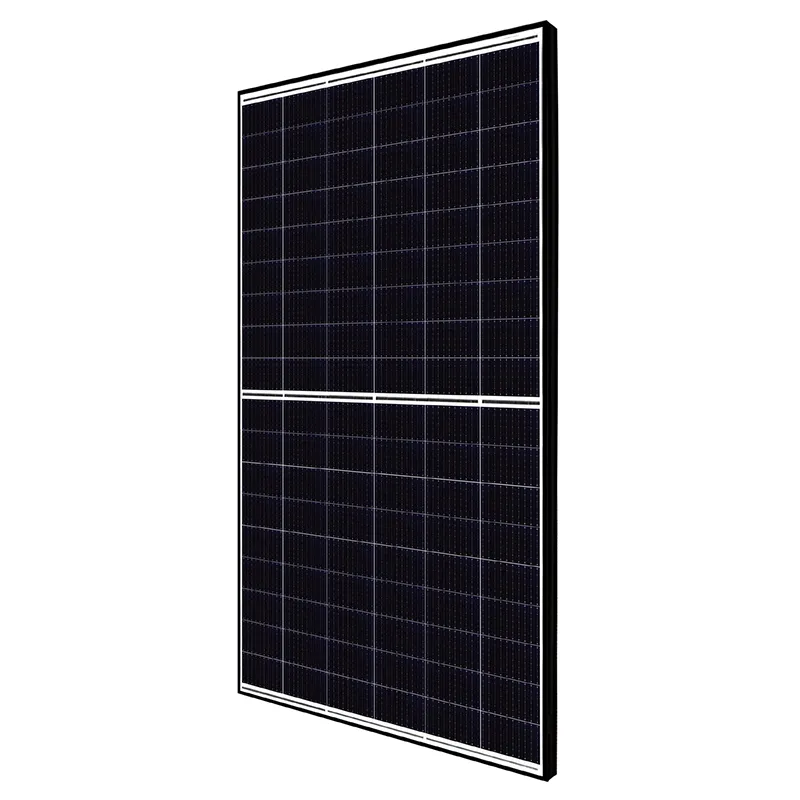Understanding the Benefits and Challenges of Implementing Solar Photovoltaic Technologies in Modern Energy Solutions
The Rise of Solar PV Systems Harnessing the Power of the Sun
In recent years, the adoption of solar photovoltaic (PV) systems has surged, marking a significant shift in the way we generate and consume energy. This transformation is driven by the urgent need to combat climate change, reduce dependence on fossil fuels, and promote sustainable energy sources. Solar PV systems, which convert sunlight directly into electricity, are at the forefront of this renewable energy revolution, offering numerous benefits for both individuals and communities.
Solar PV systems consist of solar panels made of semiconductor materials, usually silicon, that capture sunlight and convert it into electricity through the photovoltaic effect. When sunlight hits the solar cells, it excites electrons, generating a flow of electric current that can be utilized to power homes, businesses, and even entire neighborhoods. This clean energy source is abundant and widely available, making it an attractive option as the world seeks to transition to sustainable energy solutions.
The Rise of Solar PV Systems Harnessing the Power of the Sun
In addition to financial savings, solar PV systems contribute to environmental sustainability. By utilizing sunlight for energy, solar power significantly reduces greenhouse gas emissions and minimizes the carbon footprint associated with electricity generation. Unlike fossil fuels, solar energy is abundant, inexhaustible, and produces no air or water pollution. This makes it a crucial component of efforts to mitigate the impacts of climate change and protect the planet for future generations.
solar pv system

Moreover, solar PV systems can enhance energy independence and security. As the world grapples with geopolitical tensions and fluctuating energy prices, harnessing local solar resources can help communities reduce their reliance on imported fossil fuels. Distributed solar energy generation can provide resilience against power outages and enhance grid stability, particularly in remote or underserved areas where energy access is often limited.
Despite these advantages, the transition to solar energy is not without challenges. Issues such as land use, initial installation costs, and the intermittent nature of solar power need to be addressed. Energy storage solutions, such as batteries, are essential for storing excess electricity generated during sunny days for use during cloudy days or nighttime. Additionally, the integration of solar power into existing energy grids and the development of effective policies and regulations are critical for fostering the growth of solar PV systems.
As technology continues to evolve, the future of solar PV systems looks promising. Innovations such as bifacial solar panels, which capture sunlight from both sides, and advancements in thin-film solar technology are enhancing efficiency and making solar installations more versatile. Furthermore, integrating solar energy with smart grid technology and energy management systems can optimize energy usage and increase the overall effectiveness of solar PV systems.
In conclusion, solar PV systems represent a powerful solution to address the world's energy challenges. With their economic, environmental, and societal benefits, they are pivotal in achieving a sustainable energy future. As individuals, businesses, and governments increasingly embrace solar energy, we are on the brink of a transformative era, one where the sun illuminates our paths toward a cleaner and greener planet. The time has come to harness the power of the sun and make solar PV systems a central component of our energy landscape.
-
Unlocking Energy Freedom with the Off Grid Solar InverterNewsJun.06,2025
-
Unlock More Solar Power with a High-Efficiency Bifacial Solar PanelNewsJun.06,2025
-
Power Your Future with High-Efficiency Monocrystalline Solar PanelsNewsJun.06,2025
-
Next-Gen Solar Power Starts with Micro Solar InvertersNewsJun.06,2025
-
Harnessing Peak Efficiency with the On Grid Solar InverterNewsJun.06,2025
-
Discover Unmatched Efficiency with the Latest String Solar InverterNewsJun.06,2025







